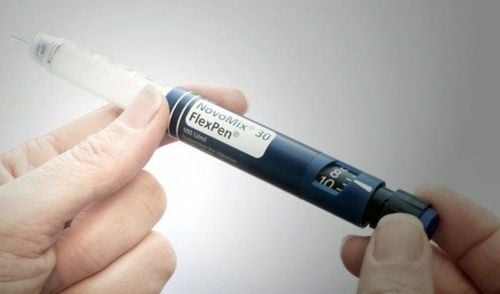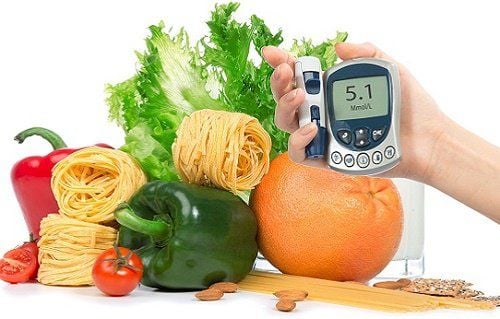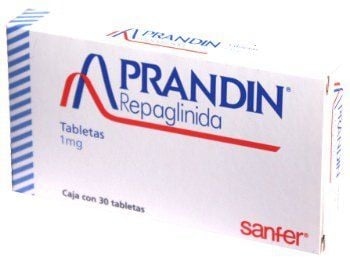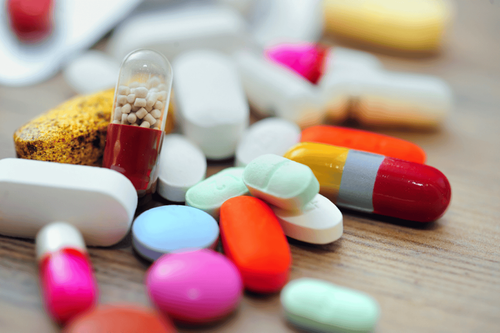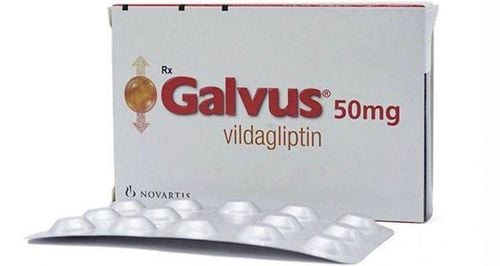This is an automatically translated article.
Many people with diabetes think that they can't eat fruits because they can raise blood sugar levels. But there is also the opposite opinion that still need to supplement fruit for people with diabetes. So should or should not fruit supplements for people with diabetes? What fruit do people with diabetes eat? Please refer to the article below to choose fruit for diabetics.
1. Should people with diabetes (diabetes) eat fruit?
Fruits contain carbohydrates and a natural form of sugar called fructose, which can spike your blood sugar. But fruit is also packed with vitamins and minerals, and powerful plant compounds called phytochemicals, that make it a must-have in your diet.
The phytochemicals present in fruit bring a lot of benefits to our body such as reducing the risk of heart disease, cancer, stroke and improving health. That's important because diabetes is linked to a higher risk of heart disease and other problems.
Many fruits are also rich in fiber. Fiber is very good for the digestive tract, slows down the digestive process, helps prevent blood sugar spikes. In addition, it also makes you feel fuller, which can help you stay at a healthy weight.
Thus, the addition of fruit for diabetics is essential.
MORE: Healthy fruits for diabetics
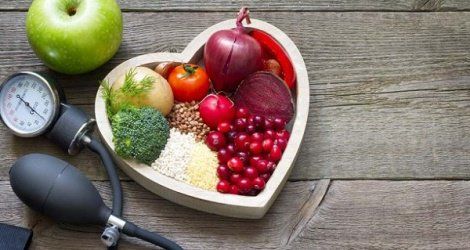
Việc bổ sung trái cây cho người bị tiểu đường là điều cần thiết
2. How does fruit affect blood glucose (blood sugar) levels?
What people with diabetes eat has a great influence on the patient's health. Because fruit contains carbohydrates, it will increase blood sugar. Therefore, it is important to count the amount of carbs (carbohydrates) you eat and balance them with the medications you are taking, your diet and lifestyle. If you are having trouble controlling your blood sugar, seek medical help right away.
One serving of fruit is equivalent to 15 grams of carbs. But the amount of carbs can vary depending on the type of fruit. For example, you get 15 grams of carbs from:
1/8 cup raisins 1/4 cup whole strawberries 1/2 medium apple or banana 3/4 cup blueberries 1 cup cubed honeydew melon 1 fruit raspberries or 1 cup of raspberries Carbs aren't the only numbers to keep in mind. The glycemic index (GI) is a measure of the amount of glucose in the blood. Blood glucose levels are constantly changing from day to day even minute to minute especially in relation to a daily living diet that measures how foods affect your blood glucose (sugar) levels.
Eating most low GI foods can help you control your blood sugar, but they may not always be good. A cup of brown rice and a candy bar can have the same GI value. Remember to pay attention to nutrition when choosing any food.
A large portion of a low GI food will usually raise blood sugar as much as a small amount of a high GI food. So the experts also used GL (Glycemic Load), a measurement that involves serving size as well as GI numbers to provide more detail on these effects.
For example, an orange has a GI of 52 but a GL of 4.4, which is low. A candy bar with a GI of 55 can have a GL of 22.1, which is high.
MORE: Fruit juice for diabetics

1/4 cốc dâu tây là khẩu phần trái cây khuyến nghị cho người bị tiểu đường
3. How to choose the right fruit for people with diabetes
Choosing fruit for diabetics can make a big difference in your blood sugar. Some notes to keep in mind:
Watch portion sizes, especially with dried fruit. For example, 2 tablespoons of raisins has the same amount of carbs as a small apple. Choose fresh or frozen fruit. Processed fruit like apple sauce and fruit canned in syrup or juice often have more carbs and can spike your blood sugar higher than fresh fruit. When you eat dried or processed fruit, read the information on the label carefully. Many products have added sugar to make them more appealing. Diabetics limit the intake of fruit juices. It's packed with carbs and it doesn't have the fiber to slow digestion and prevent blood sugar spikes like whole fruit. Research has even linked high fruit juice consumption with a higher risk of type 2 diabetes. You should eat one serving of fruit for breakfast and one for lunch or as a snack. Avoid eating a lot of fruit at the same time. All fruits have vitamins, phytochemicals, and other things that are good for you. But some are more likely to lower your risk of chronic disease: Blackberries, strawberries, tomatoes, oranges, and more. The fiber in fresh fruit helps keep most of them low on the GI scale ( 55 and below). Examples include: Apples, oranges, bananas, mangoes, pears High GI fruits Some fruits that are on the higher end of the GI scale (70 or higher) include: Pineapple, watermelon, etc.
In addition, people with diabetes should not eat ripe fruits such as: ripe mango, ripe banana, ripe pineapple, ... because they contain very high sugar content that will affect health.
Above are important issues about eating fruit for people with diabetes, knowing some information will help control your blood sugar. If you have any questions, contact your doctor for answers.
Please dial HOTLINE for more information or register for an appointment HERE. Download MyVinmec app to make appointments faster and to manage your bookings easily.
Reference source: webmd.com




